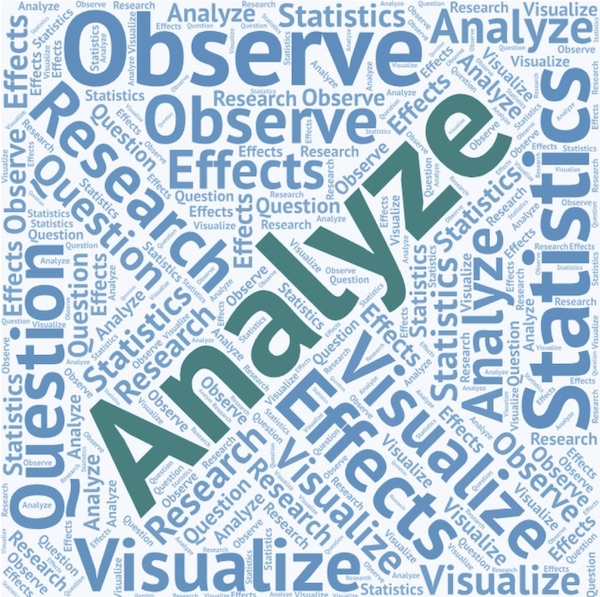Mentor Roadmaps - Visualizing and Analyzing Data
Look for Trends and Patterns to See What Your Data Say

The 2009 Nation’s Report Card has this to say about student performance on inquiry learning tasks:
“Students were successful on parts of investigations that involved limited sets of data and making straightforward observations of that data. Students were challenged by parts of investigations that contained more variables to manipulate or involved strategic decision making to collect appropriate data. The percentage of students who could select correct conclusions from an investigation was higher than for those students who could select correct conclusions and also explain their results.”
With your help, PlantingScience aims to challenge students and improve their reasoning and problem-solving skills. Aside from troubleshooting experiments, it’s important to get students thinking about the big picture, about science as process, and to think critically about the data they collect.
Also see the Student Visualizing Data and Teacher Visualizing Data resources for this stage.
Tips for Mentors
Thinking scientifically
Einstein once said, “The whole of science is nothing more than a refinement of everyday thinking.”
When we “do science,” sometimes we forget that science is about making sense using everyday thinking. Reason, logic, critical thinking, problem solving applied to a particular context.
- Help students to set up a data plan before they begin collecting data. Suggest that they track data in an organized way so that they can see patterns in their data as it is collected.
- Try to tailor your expectations to your team. Some students will struggle with organizing data as they have little practice creating structure by choosing meaningful categories to describe the data.
- Provide the students with suggested options for displaying data to encourage discussion rather than a step-by-step guide for how to present their data. The end result might not be as polished, but the learning that comes from making group decisions about how to display data is important.
- Help students to improve their data communication skills. Request labels, informative titles, explanations of why they chose to display the data as they did.
- Help students to recognize patterns in their data, even if the patterns are not directly related to answering their research question.
- Ask students to consider if there is more than one interpretation for a particular piece of data and any uncertainty in how the data can be interpreted.
- Ask students if all the results tell the same story as a way to introduce the idea of congruence in multiple lines of evidence.
- Ask students if enough data have been collected to come to a conclusive conclusion.
- If you have an advanced team, suggest basic statistic resources like http://studentsttest.com to get them started. It is a rare high school student that has more than the most superficial grasp of statistics. Scientists are used to applying very exacting standards when it comes to data analysis and the proper display of data. Learn what the teacher expects on the class page.